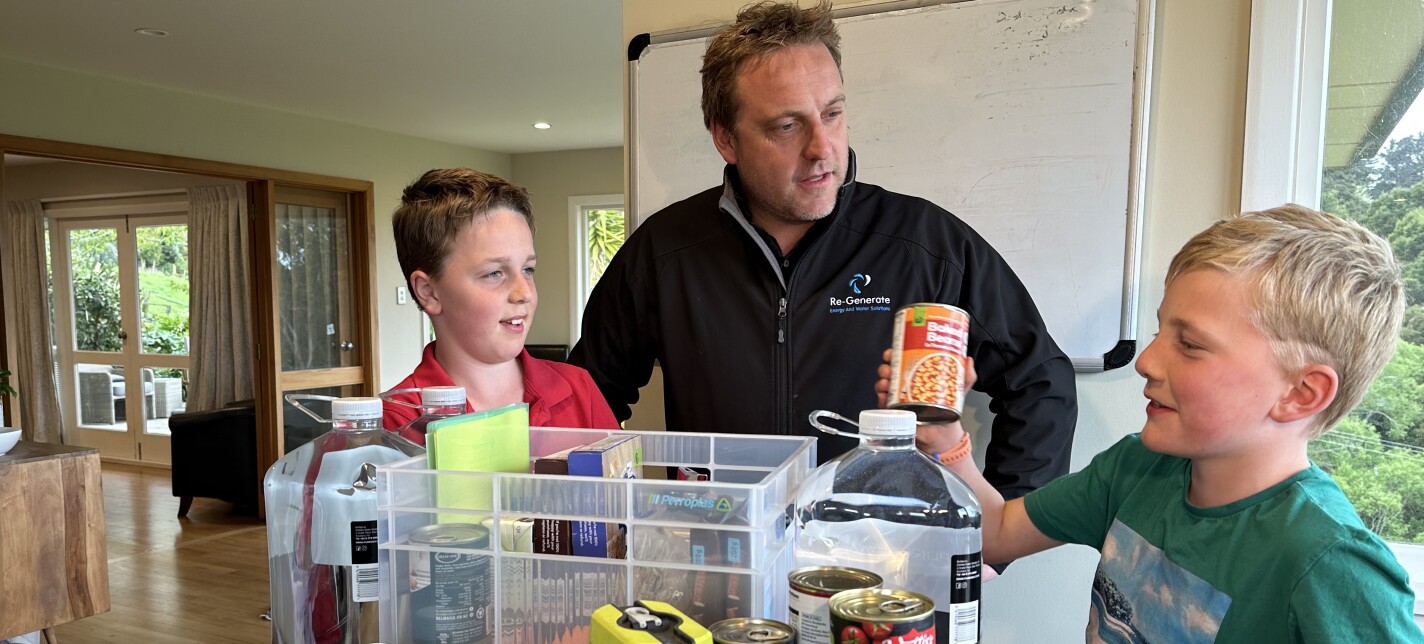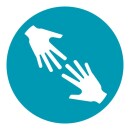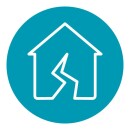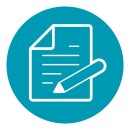Prepare for a disaster – get Good and Ready


Disasters and emergencies can occur anytime and anywhere in New Zealand, often without warning. Our Good and Ready programme is a step-by-step guide to help you be better prepared for an emergency or disaster.
Being better prepared can enable you to provide more effective assistance to friends, whānau, and neighbours when a disaster occurs.
Being better prepared for a disaster or emergency ourselves will also help us to encourage overall disaster readiness within our communities in the future.
Step 1: Understand the hazards that may occur in your area
Learning about the potential hazards in your area will help you and your whānau be better prepared.
Depending on where you live and work in Aotearoa New Zealand the natural hazards you may face can vary.
For example, coastal towns and cities are more at risk from storm inundation and tsunami, and areas close to rivers are more at risk of flooding. Other areas might be more at risk of earthquakes, or volcanic activity.
Know the risks in your area
Explore potential hazards in your area using the Natural Hazards Portal
Step 2: Make a plan
A household emergency plan lets everyone in your household know what to do when an emergency or disaster happens. The following actions will guide you through making a comprehensive plan.
Understanding the impacts of an emergency can help you get ready.
As a household, talk about and work out what you will do in the event of an emergency in these situations:
- Stuck at home, perhaps for several days without access to shops or services
- Can't get back home
- Have to evacuate
- No power
- No water
- No phone or internet
You can find guidance on each of these on the National Emergency Management Authority website's page: Talk about the impacts
Work out what supplies you could need
Consider what supplies you’ll need for the whole household for at least three days without access to services and shops.
You probably have many of these things already. You don’t have to have them all in one place, but you might need to find them in a hurry and/or in the dark.
Key supplies include:
- Water for three days or more – make sure you have at least nine litres of water for every person. This will be enough for drinking and basic hygiene.
- Long-lasting food that doesn’t need cooking (unless you have a camping stove or gas barbecue) and food for babies and pets.
- Toilet paper and large plastic buckets for an emergency toilet.
- Work gloves and properly fitted P2 or N95 masks.
- Soap or hand sanitiser.
Once you have had your household discussion, it's time to make a household plan to be Good and Ready for an emergency.
Think about the things you need every day and work out what you would do if you didn't have them.
Make sure you consider all the needs of your household including:
When you make a plan, make sure everyone in your household knows the plan.
Print it out and keep it in a place where it can be easily seen in your house and everyone knows where it is.
Save a copy and share your plan with your whānau.
A template for an emergency plan in English, Māori, and over 20 other languages can be found here:
Grab bags are small bags with essential supplies ready for each member of your household, that you can grab at short notice if you need to leave quickly because of an emergency.
Each grab bag should have:
- walking shoes, warm clothes, raincoat and hat
- supplies for babies and infants
- water and snack food (remember your pets' needs too)
- any dietary considerations
- hand sanitiser
- portable phone charger
- cash
- copies of important documents and photo ID
- a First Aid kit
- any necessary medications
- torch
- radio and batteries
Plan ahead for what you will do if you are in your car when an emergency happens. A flood, snowstorm or major traffic accident could leave you stranded in your vehicle for some time.
Keep essential emergency survival items in your car, such as a First Aid kit.
If you are driving in extreme winter conditions you could also consider:
- a brush
- a shovel
- tyre chains
- windshield scrapers
- warm clothing.
Consider also carrying in your car a pair of walking shoes, a waterproof jacket, essential medicines, snack food, water, a phone charger lead, and a torch.
Keep up to date with weather and road information when planning travel.
Find out about your workplace emergency plan.
A workplace plan can include the following:
- emergency procedures for fire, earthquake, flood, tsunami, and other hazards
- assembly points, wardens and first aid training
- continued access to important information to allow work to continue, even after a major event.
Here are some ways you can stay informed during an emergency:
- National Emergency Management Agency (NEMA) website
- Local civil defence websites
- Radio
- social media (your local Civil Defence Emergency Management Facebook page)
- emergency mobile alert
- online news outlets Stuff; Radio NZ
- weather information
- road and travel information
Step 3: Share your plan with a Good and Ready buddy

Share your household plan with your Good and Ready buddy so you can help each other in the event of a disaster. They should preferably be someone outside of your household.
Share all your various contact details with your buddy, so you can get in touch in an emergency or disaster.
Sharing your plan with others will also help to encourage overall disaster readiness within our communities, in the future.
Feedback
We value your feedback. When you have completed the three steps to being Good and Ready, please complete this short survey.

